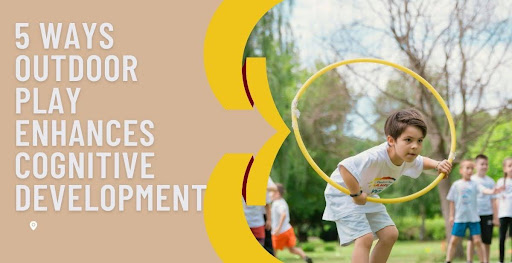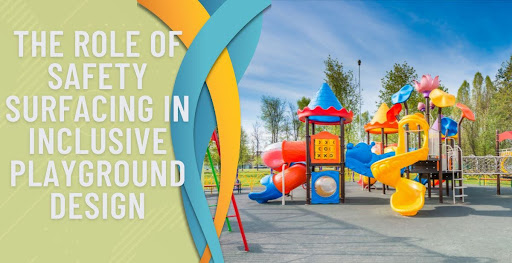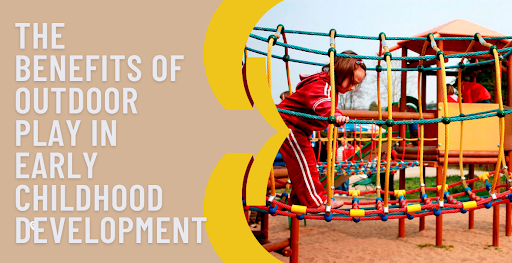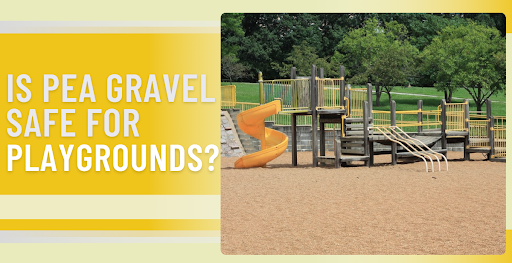Commercial vs Residential Playgrounds: All You Need to Know
Uncover the key differences between commercial vs residential playgrounds. Learn which is best for your needs, whether for a community park or a backyard. Read more!


Choosing the right playground equipment is a big decision that affects your child's safety, development, and fun. Whether you're considering playgrounds for public spaces or your own backyard, it's important to know the differences between commercial and residential options.
In this blog, we'll break down the key differences between commercial and residential playground equipment, including safety standards, design, size, budget, maintenance, usage, and accessibility.
What are Commercial Playgrounds?

Commercial playgrounds are significant, durable structures designed for public use in parks, schools, and community centers. They are built to accommodate many children at once and include a wide range of equipment, from slides and swings to climbing walls and interactive play panels.
These playgrounds are constructed using high-quality materials to withstand heavy use and harsh weather conditions. Accessibility and safety are top priorities in commercial playground equipment design, ensuring they meet stringent safety standards and are inclusive for children of all abilities.
What are Residential Playgrounds?

Residential playgrounds are smaller, more customizable play structures designed for private use, typically in backyards or private properties. These playgrounds offer various play options like swings, slides, and climbing structures but on a smaller scale than commercial ones.
Residential playgrounds are often designed to blend with the home environment, offering children a personalized and convenient play area. While safety is still essential, residential playground equipment is designed for less intense use and follows different standards.
Commercial Vs Residential Playgrounds: Key Differences
Safety Standards
Commercial playgrounds must comply with strict safety regulations and standards to ensure the well-being of all children, including guidelines on equipment spacing, surface materials, and structural integrity. These stringent requirements, often detailed in the public playground safety handbook, are designed to protect children in high-traffic, commercial play areas where many kids play simultaneously.
Residential playgrounds also follow safety guidelines but are typically less rigorous, reflecting a private household's lower usage intensity and more controlled environment.
Design and Equipment
Commercial playgrounds feature various commercial equipment designed to cater to large groups and diverse play needs, including inclusive elements for children with disabilities. This ensures that all children can enjoy the play space.
These playgrounds are built to offer multiple play options, from climbing structures and slides to swings and interactive panels, accommodating a wide range of activities. While residential playgrounds provide similar types of residential play equipment, they are more customizable and often smaller.
They focus on the specific preferences and needs of the household, allowing for a more personalized play experience that fits within the available space of a private yard.
Size
Commercial playgrounds are generally more extensive, designed to accommodate many children and a variety of activities simultaneously, making them ideal for public spaces. These playgrounds can host multiple play structures and features, providing diverse play experiences for many children at once using commercial play equipment.
In contrast, residential playgrounds are smaller and fit into backyards or other private spaces, making them suitable for fewer children and precisely scaled to meet the needs of a single household.
Budget
The cost of commercial playgrounds is typically higher due to the need for durable materials, extensive equipment, and compliance with stringent safety standards, reflecting their design for heavy public use. These playgrounds require significant investment in initial setup and ongoing maintenance to ensure safety and functionality.
Residential playgrounds are more affordable, with costs varying based on the level of customization and the materials used. This allows families to choose options that fit their budget while providing safe and enjoyable play experiences for their children.
Maintenance
Due to heavy use and exposure to the elements, maintenance for commercial playgrounds is more frequent and rigorous. Regular safety inspections, repairs, and cleaning are necessary to maintain safety and functionality. These playgrounds often have dedicated maintenance schedules to ensure they remain safe and attractive for public use, utilizing commercial-grade equipment that can withstand intense wear and tear.
Residential playgrounds, on the other hand, require less frequent maintenance. They focus on ensuring that the residential equipment remains safe and in good condition for home use, with occasional checks and repairs to keep the play area safe and enjoyable for the family.
Usage
Commercial playgrounds are designed for heavy use by large numbers of children. They often serve as vibrant public playgrounds where kids can gather and engage in various activities.
These playgrounds are built to withstand constant, intense use and are equipped with a wide range of play structures to accommodate many children at once. In contrast, residential playgrounds cater to the private play needs of a single household, offering a more intimate and controlled environment where children can play safely within the confines of their residential play areas.
Accessibility
Commercial playgrounds are designed to be accessible to children of all abilities, often incorporating features such as ramps, adaptive swings, and sensory play elements to ensure inclusivity. These playgrounds are built to meet strict accessibility standards, providing opportunities for children with disabilities to participate in play alongside their peers.
On the other hand, residential playgrounds may include accessible features. Still, the extent and specific elements depend primarily on the family's unique needs and preferences, allowing personalized adjustments to create a suitable play environment.
Choosing the Right Playground

When deciding between a commercial and residential playground, it's essential to consider how and where the playground will be used, how much money you can spend, how much space you have, and any specific needs the children might have. Here are some key points to help you make the best choice:
- Intended Use: Think about who will use the playground and how often. Is it for a school, park, or backyard?
- Budget: Consider how much money you can spend. Commercial playgrounds usually cost more than residential ones.
- Available Space: Look at the space where the playground will go. Commercial playgrounds need more room than residential ones.
- Specific Needs: Consider any special requirements, like equipment for children with disabilities or specific play activities.
- Safety Standards: Ensure the playground meets all safety guidelines to keep the children safe while playing.
Bring Your Playground Dreams to Life With Park N Play Design
Understanding the differences between commercial and residential playgrounds helps you decide which fits your needs and circumstances best. Whether enhancing a community space or creating a backyard haven, choosing a suitable playground ensures children's safe, enjoyable, and enriching play experience.
At Park N Play Design, we offer a wide variety of playground equipment, allowing us to create virtually any design or theme while being budget-conscious. We handle everything from design to manufacturing, shipping, and installation, so you can sit back and relax, knowing you have the right partner for the job.
FAQs
What factors should I consider when choosing a playground?
When choosing a playground, consider safety standards, size, budget, maintenance, and accessibility to ensure it meets your specific needs and circumstances. These considerations will help you select a playground that provides children with a safe, enjoyable, and enriching play experience.
How much does a commercial playground cost compared to a residential one?
Commercial playgrounds generally cost more than residential ones due to their larger size, higher durability, and stricter safety standards, which are necessary for public use and heavy traffic. Residential playgrounds are more affordable, with costs varying based on customization and materials tailored for private use.
What are the maintenance requirements for each type?
Due to heavy use and exposure to the elements, commercial playgrounds require more frequent and rigorous maintenance, necessitating regular inspections, repairs, and cleaning to maintain safety and functionality. Residential playgrounds need less frequent upkeep, ensuring the equipment remains safe and in good condition for home use.


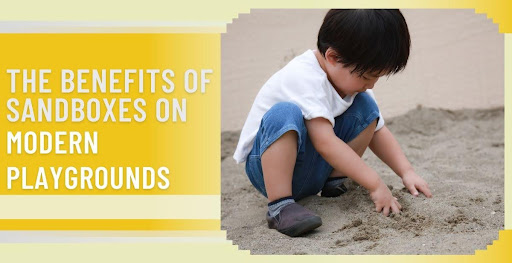
.jpeg)
.jpg)
.jpg)
.jpeg)
